T4K3.news
AI Becomes Everyday Tool at NABJ Convention
A Cleveland restaurant scene reveals pragmatic use of AI that contrasts with fears at a journalism convention.
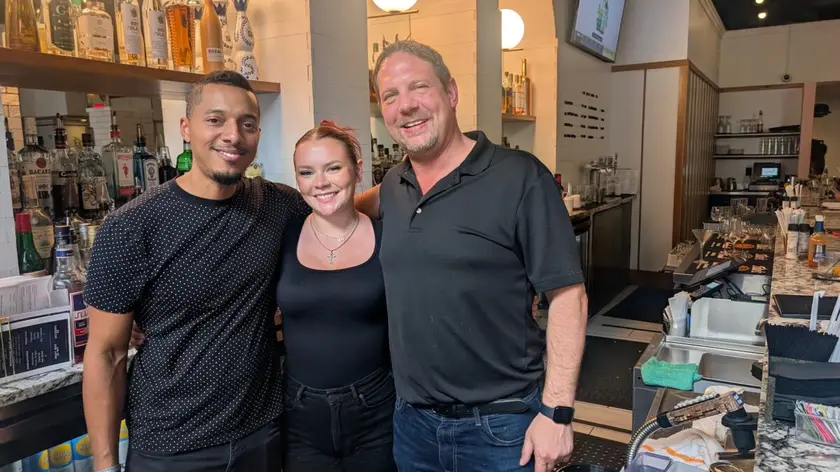
A Cleveland restaurant scene reveals pragmatic use of AI that contrasts with fears at a journalism convention.
AI Becomes Everyday Tool at NABJ Convention
At the NABJ convention in Cleveland, fear of AI dominated the conversations, with many journalists warning that the technology could replace them. The mood was tense in hallways and sessions, focused on protection and caution. Then, at Betts restaurant, a different story emerged when a waiter explained how he uses ChatGPT to update a menu and craft messages, saving time for colleagues. The waiter and two younger workers, Jamie Sargent and Dawud Hamzah, described how they rely on AI daily for presentations, travel plans, and even workouts. They see AI as a helpful companion, not a threat.
The contrast was striking. The younger workers embrace AI as a practical tool, while the older staff approach it with measured caution. A manager, Curtis Helser, framed the technology as a tool that can be good or bad, depending on how it is used. The takeaway is clear: the current AI shift is happening in everyday tasks and on-the-job problem solving, not in loud debates alone. The most telling moment was not a keynote, but a breakfast table where work got done faster because of a simple prompt.
Key Takeaways
"I use it to build solid, well-structured PowerPoint presentations for my speaking engagements with students."
Hamzah on using ChatGPT for presentations.
"If you don’t learn, develop, and adjust, you’ll fail, because it’s not going to stop."
Hamzah on adaptation.
"You should talk to these guys. They use it a lot more."
Kevin introducing colleagues.
The piece shows a quiet, ground-level adoption of AI that challenges headline-focused narratives about looming job losses. Younger workers treat AI as a productivity multiplier, while older workers test the water at their own pace. The risk is underestimating how quickly small wins compound into broader workplace change, and how public rhetoric can either accelerate or hinder this shift. For journalism and other knowledge professions, the story suggests that real impact comes from practical use cases, not fearmongering or top-down mandates.
Looking ahead, organizations will need to balance training with experimentation. As AI tools multiply across roles, staying human becomes a differentiator. The risk is oversimplifying AI as a single fix; success will come from a culture that blends curiosity, ethics, and deliberate practice.
Highlights
- AI saves time when used right
- Stay human in an age of algorithms
- The real revolution is quiet and practical
- If you don’t learn, you’ll fall behind
AI adoption prompts potential public reaction and policy debate
The piece shows a split between fear and practical use. As AI tools spread in workplaces, the risk is public backlash and political or policy responses that shape training and safety.
The real AI shift is being written in kitchens and classrooms as much as in conference halls.
Enjoyed this? Let your friends know!
Related News

New insights on the challenges of generative AI

Google reveals AI advancements at I/O 2025
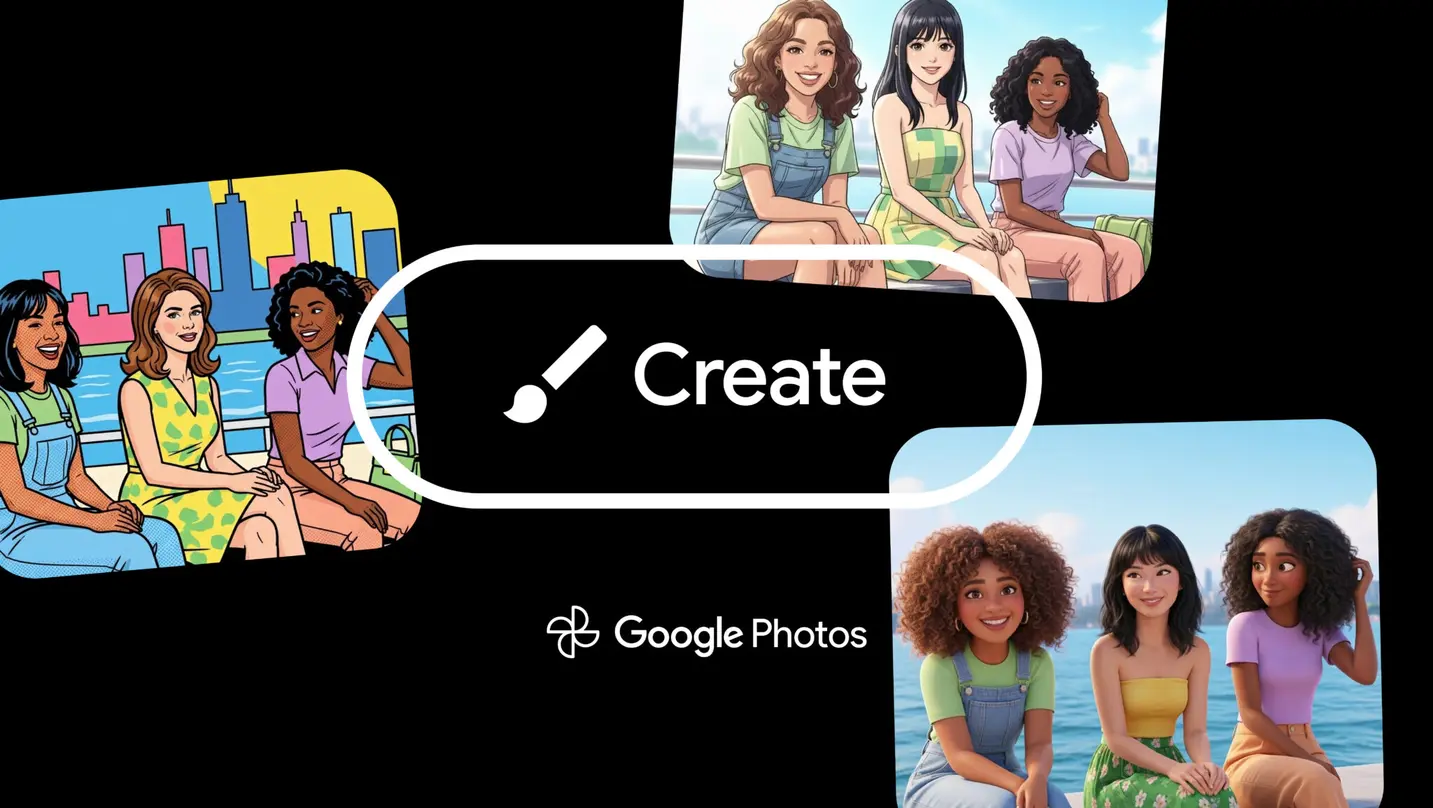
Google introduces AI tools for video creation
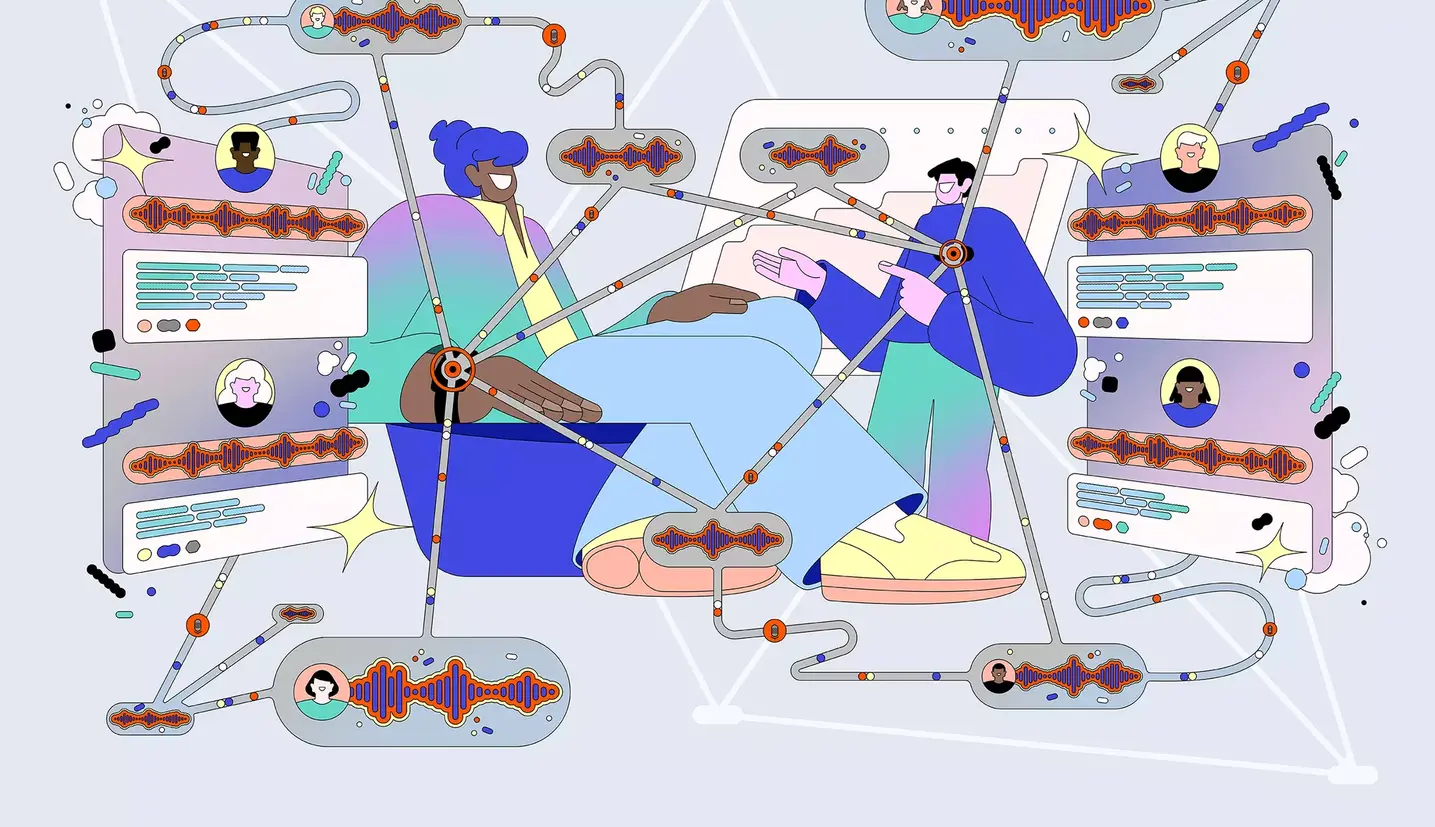
Growing concern over AI recording devices in San Francisco

Samsung Galaxy S23 remains favored smartphone model

Google announces Veo and Imagen 3 launch
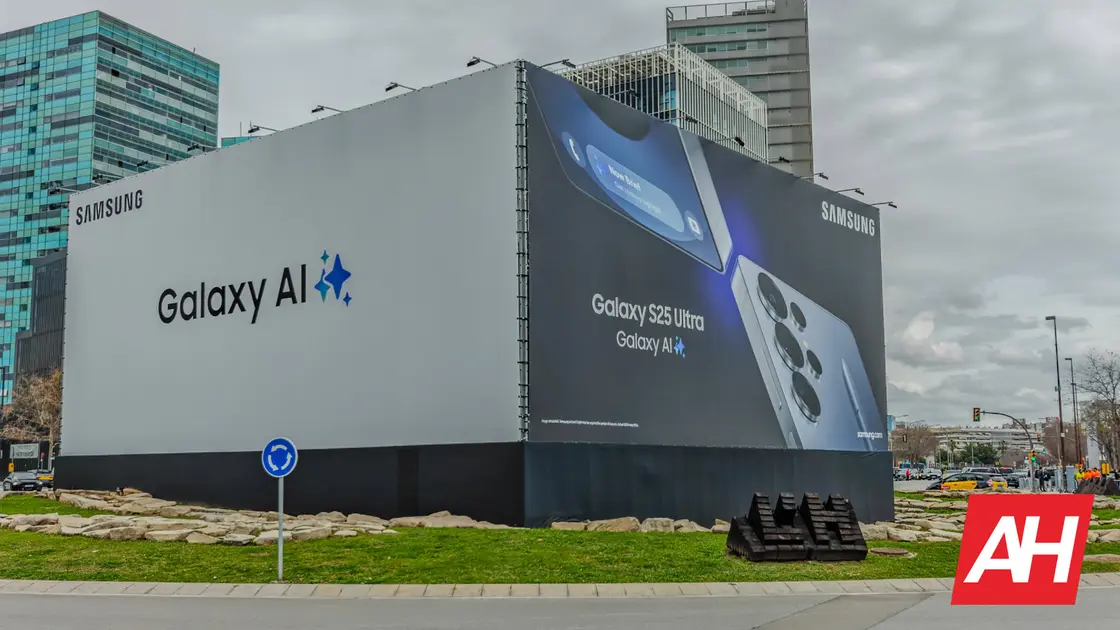
Samsung reports significant growth in AI tools
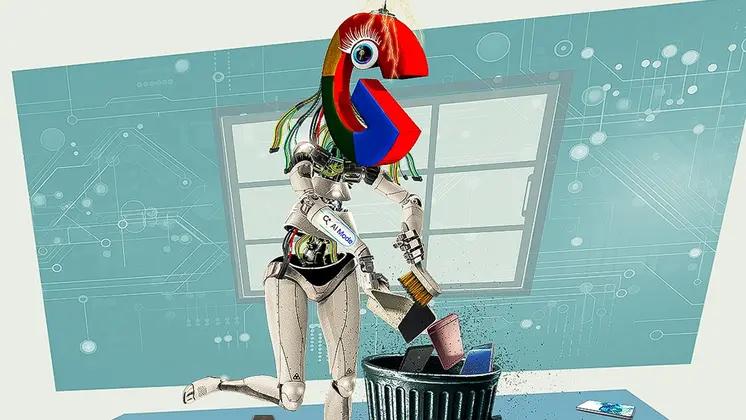
Google launches AI Mode in the UK
